Want a fancy new streaming amplifier to up your audio quality game? Here are the 3 best for all budgets
Improve your audio game for the better with one of these streaming amps


As listeners to and appreciators of music, I think it’s fair to say each of us is in one of three categories – which I'll get to. But given that audio equipment manufacturers are increasingly focused on producing the best streaming amplifiers, that's what I'm tackling here in this 'top three' feature.
These aren't for those at the entry level, who want to put some music on as easily and conveniently as possible. It's not for the opposite end of user either: those who subscribe to the hi-fi orthodoxy and therefore need numerous boxes of electronics.
For this feature, however, it's the 'in between', AKA 'the rest of us' I'm focusing on. Those who value good sound, who’re prepared to tolerate a hint of inconvenience to get it, but who don’t want to spend huge sums of money in that process. That's where a streaming amp comes into play.
So just what is a streaming amplifier? It’s basically a traditional stereo amplifier that powers a pair of speakers – but it also has the ability to access digital audio files either stored on a local network or via a music streaming service. Plus it has the digital-to-analogue conversion circuitry to turn digital information into an analogue signal that a pair of speakers can understand and act on.
Hi-fi aficionados may disagree, but for 'the rest of us', streaming amplifiers are a bloody marvellous idea. Here I've picked out three that are among the most marvellous around, from entry to mid-level to more luxury.
T3's Top 3

From out of nowhere (well, Newark, California), WiiM has established itself as one of the true forces of affordable network streaming. This device adds amplification and support for three external sources via digital optical, stereo RCA and HDMI eARC inputs – which means not much money buys a compact, well-made streaming amp with 60W of power per channel, features an extremely well-regarded ESS Sabre digital-to-analogue converter (DAC), and features with a stable and usable control app. Oh, and it has Bluetooth 5.3 wireless connectivity too.
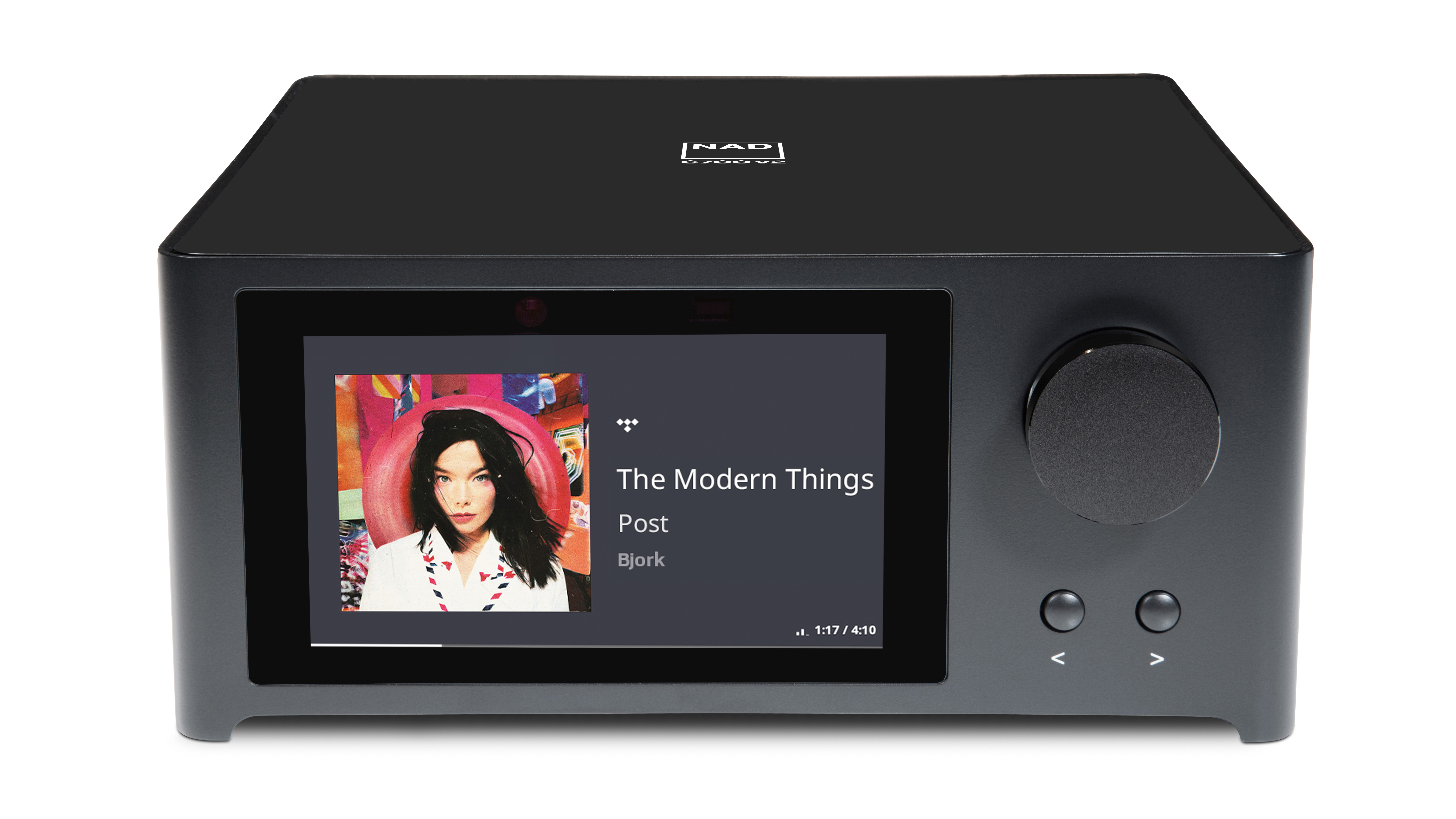
The original C700 streaming amplifier was such a great success that for this second generation NAD hasn’t felt the need to meddle too much with the formula. So the C700 v2 adds a moving magnet phono stage (for use with a turntable) and HDMI eARC (an upgrade on the original machine’s HDMI ARC) for even greater convenience – and leaves the rest well alone. And when you consider that ‘the rest’ includes 80 of NAD’s Class D watts per channel, a digital-to-analogue converter (DAC) capable of dealing with 24bit/192kHz high-resolution content, and compatibility with the BluOS wireless ecosystem, it’s a decision that makes perfect sense.
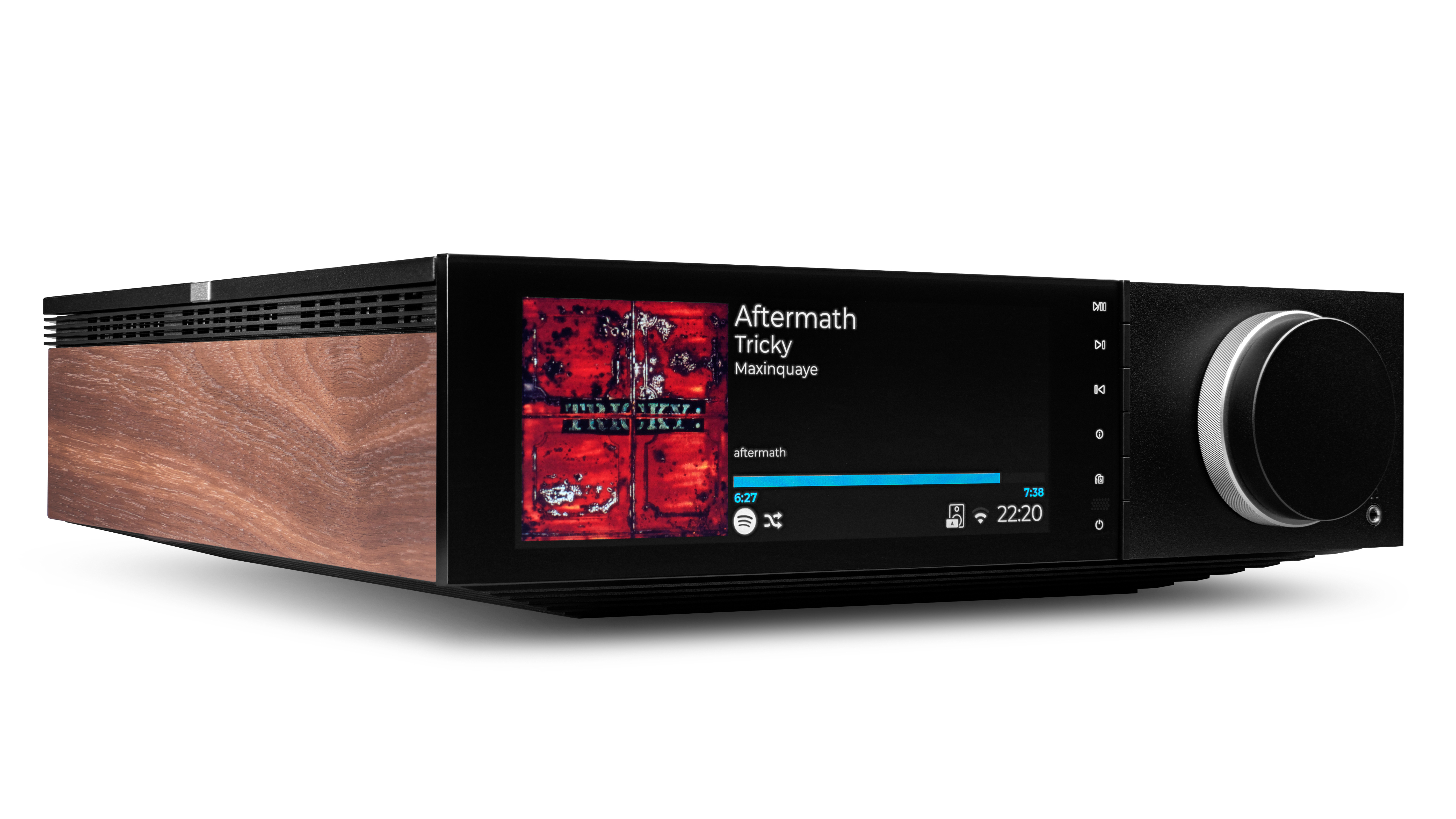
A bit like NAD, Cambridge hasn’t felt the need to rip up a winning formula and start again – turning the Evo 150 into the ‘SE’ hasn’t required a whole host of changes. The Cambridge remains a spectacularly well-specified device with a whole host of physical and wireless connectivity options, with support for everything from record players to the Roon music management software. It can be a receiver or a transmitter of Bluetooth, too. In fact, the bulk of the shift to ‘SE’ status concerned the new ‘tuned by Cambridge’ Hypex NCoreX Class D amplification – and at 150 watts per channel it’s tuned for straightforward ‘oomph’ in addition to undeniably excellent sound quality.
WiiM v NAD v Cambridge: Pricing
First off, it’s important to understand that each of these three products represents very decent value for money at its particular price point. More outlay buys additional features and upticks in performance – but each of these streaming amplifiers is the best that’s available at the money.
The WiiM Amp Pro looks enticing right from the off, as the most affordable of the bunch. At 66 x 191 x 216mm (HxWxD), there’s not much of it, and its fascia is all-but featureless, it’s true – but the standard of build and finish is beyond reproach, as is the specification of everything that’s going on inside. Don’t for a moment imagine that ‘eye-catching price’ equals ‘corners cut’, because that’s simply not the case.
Get all the latest news, reviews, deals and buying guides on gorgeous tech, home and active products from the T3 experts
You’re entitled to expect a little more if you up your budget to what NAD is charging for the C700 v2 – and the company most certainly delivers it. At 96 x 218 x 266mm (HxWxD), it’s only a little larger than the WiiM – but as well as impeccable build quality and some genuine specification highlights, your money also buys you a big, crisp and vivid display. So not only can you enjoy album artwork and so on, but virtual VU meters can be yours too.
Somehow Cambridge has managed to improve on the original Evo 150’s specification for this latest model, but it’s made it more affordable at the same time. Not that it's cheap, mind, as the most expensive on this list – but also the most specified. Its 89 x 317 x 352mm (HxWxD) casework is no less elegant or well-made, and the brilliant idea of including swappable side panels to change up the look of your streaming amplifier survives the upgrade to ‘SE’ status as well.
WiiM v NAD v Cambridge: What’s special about each?
WiiM
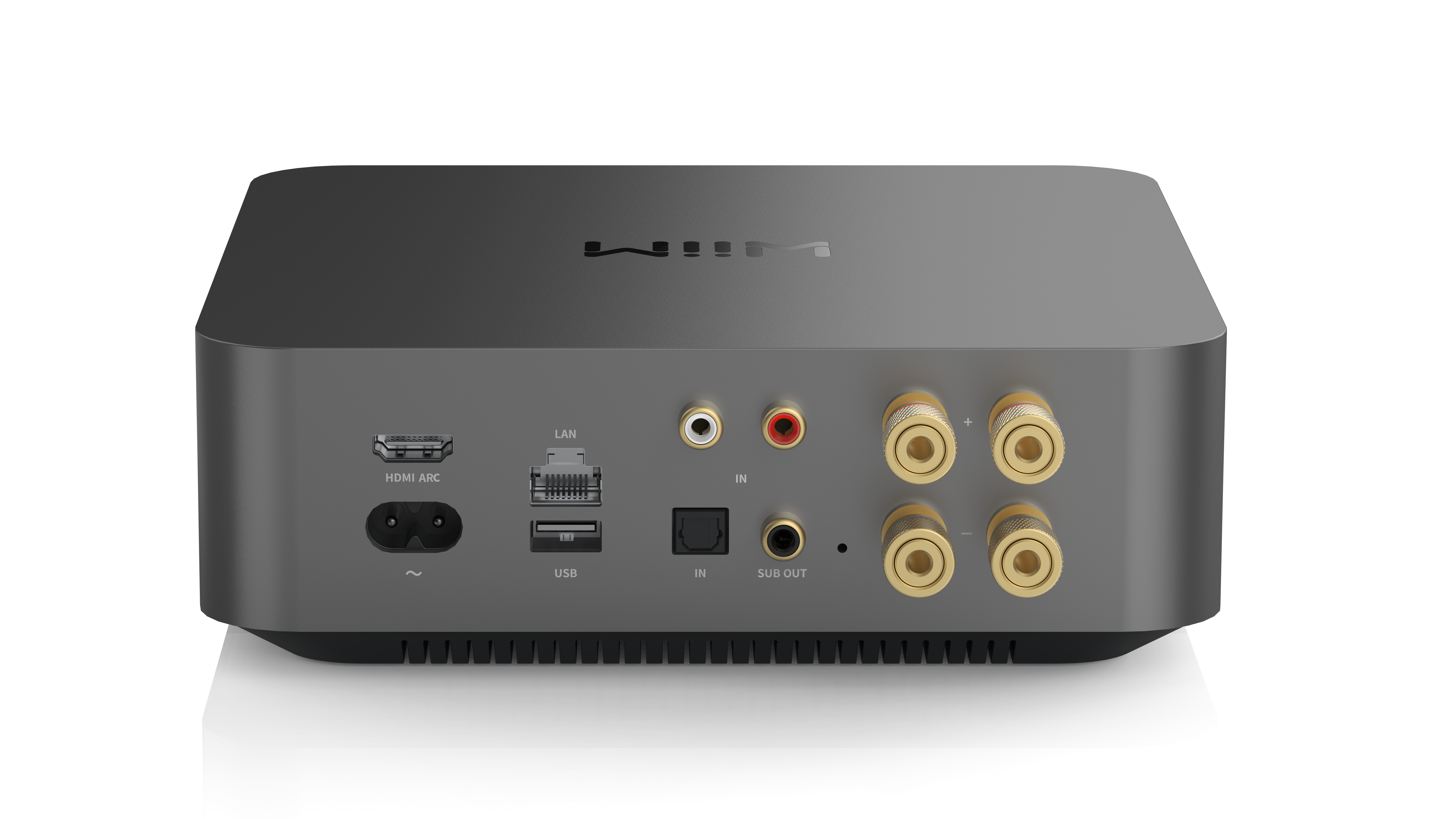
There’s lots to like – admire, even – about the WiiM Amp Pro. But perhaps the most special thing about it is how uncompromised it seems relative to its asking price. Nothing about it, from the way it’s specified to the sound it makes, shouts ‘entry level’ – and it has one of the most logical, comprehensive and stable control apps around at any price. A promised over-the-air (OTA) upgrade from Wi-Fi 6 to Wi-Fi 6E only adds to the WiiM’s credentials.
NAD
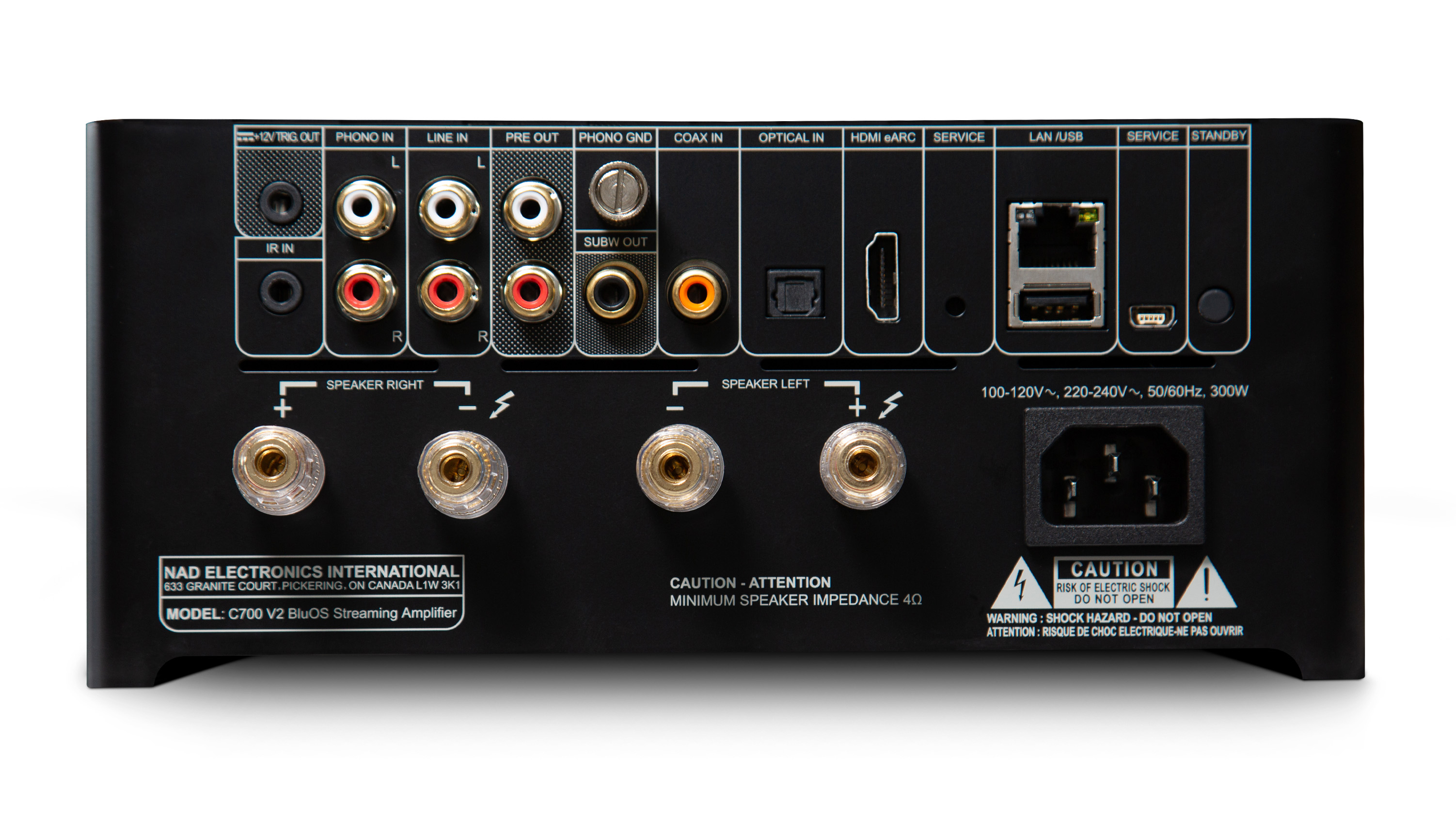
NAD has some previous when it comes to over-engineering without over-charging, and the C700 v2 is firmly in that tradition. It’s specified to support everything from a turntable to internet radio reception, and the cleverly implemented BluOS system integration means it can function as part of a multiroom audio system or in surround-sound for use as a home cinema amplifier. Dirac compatibility means it can be calibrated for optimum performance in your specific room layout, too. ‘Thorough’ is an appropriate word to use here.
Cambridge

Cambridge responds to the challenge of the NAD by piling on yet more functionality. Everything its more affordable rivals can do, the Evo 150 SE can do too – and it adds in some additional abilities too. The Cambridge can drive a second pair of speakers, has an analogue input on top-of-the-shop balanced XLR connections, and features a USB-B socket allowing dizzily high resolutions of up to DSD256 and 32bit/384kHz. The company’s bespoke StreamMagic control app just gets better and better, too.
WiiM v NAD v Cambridge: Which has the best sound?
The good news is that the answer ‘they all do’ is perfectly valid here. There are qualitative differences, of course – the cost differential lets you know that’s likely to be the case. But you can be sure that at their individual prices, these three are untouchable right now.
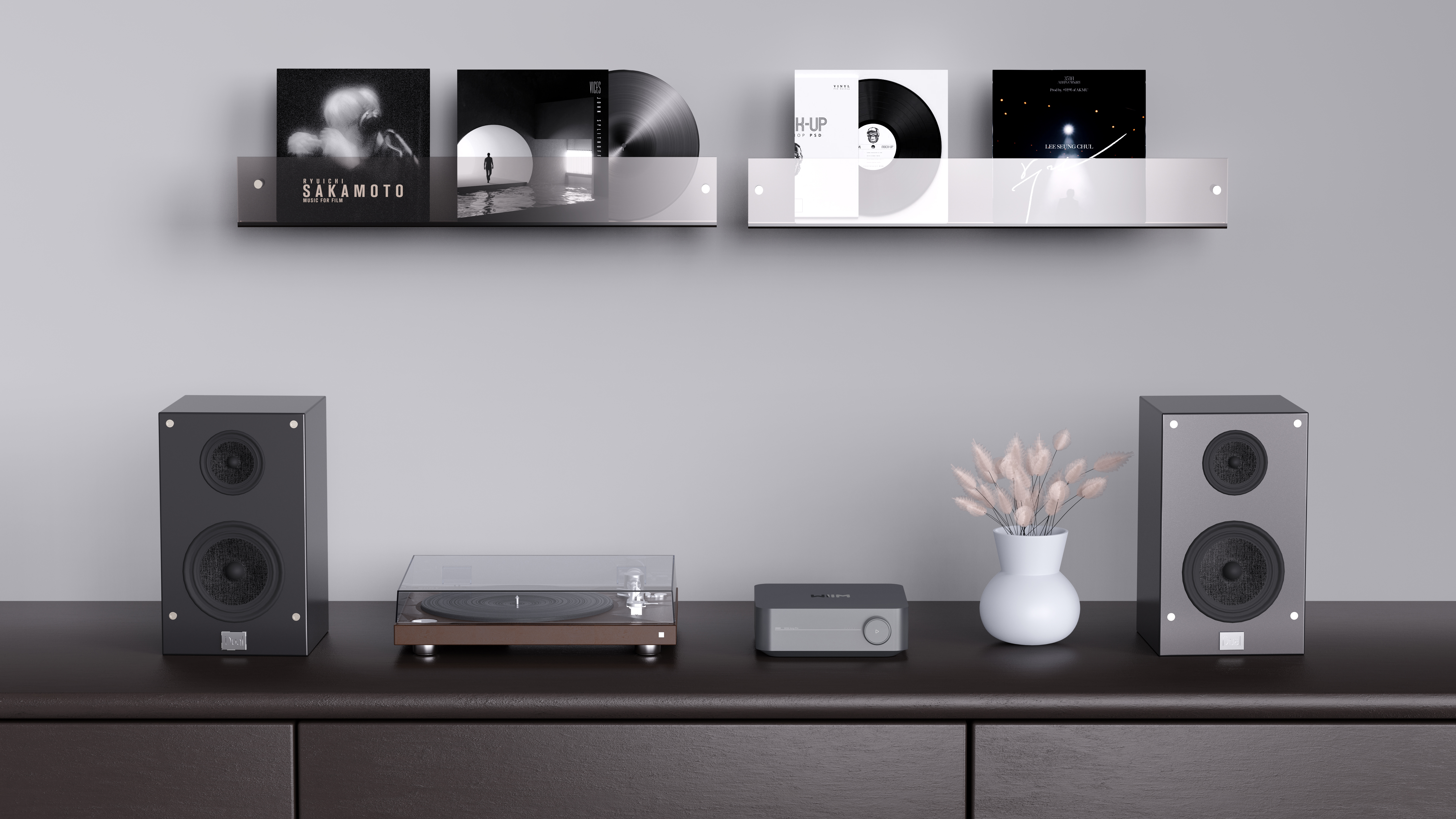
The WiiM Amp Pro is sonically accomplished in quite a number of ways. It has a lovely tonal balance, with just a hint of heat at the bottom end and a teensy rolling-off of the highest frequencies – very sensible in the context of the sort of speakers it’s likely to be paired with. It controls low-frequency attack and decay well, is insightful at every point of the frequency range, and puts all the details into convincing context. And at every stage, it’s an up-front and entertaining listen.
Upping your outlay quite significantly does buy significant audio gains, though. The NAD C700 v2 walks a very assured line between ‘refinement’ and ‘energy’, has more than enough dynamic headroom to really kick off if a recording demands it, and expresses rhythms with absolute positivity. It generates a large and persuasive soundstage, observes even the finest, most transient details very carefully, yet has an overall attitude that’s just as much ‘musical’ as it is ‘analytical’.
The Cambridge Evo 150 was a very accomplished device, and the amplification upgrade to ‘SE’ status just gives you a little bit more of a very good thing. It’s a spacious, organised listen, and is able to tie the individual strands of a recording together so convincingly that the sensation of ‘performance’ is always strong. The tonal balance is smooth, the low-frequency presence significant – yet the Evo 150 SE is just as deft as it is muscular, and can turn its hand to just about any kind of music with impressive results.
WiiM v NAD v Cambridge: Which is best overall?

It doesn’t always follow that the best audio product is the most expensive audio product – but it does quite often, and it’s the case here.
The Cambridge Evo 150 SE is the most impressively specified, arguably the best looking, certainly as well-made as the asking price demands – and, most importantly, it sounds thoroughly entertaining through any of its many analogue or digital inputs.
If partnered with appropriately talented loudspeakers, conceivably it could function as your audio system for years – if not for decades.
Of course, this is emphatically not the same as implying the NAD and WiiM don’t have plenty going for them.
If you put a lot of value on subtlety and sonic sophistication, then you’ll find the C700 v2 the most agreeable partner.
If it’s vigour and audio engagement out of all proportion to the modest of its asking price you’re after, then the WiiM Amp Pro will not let you down.
Honourable Mentions
Eversolo, a little like WiiM, has arrived fully formed and with a confident, great-value line-up of products designed to delight consumers and give some of the more long-established manufacturers sleepless nights. The ‘Play’ streaming amplifier might just represent the sweetest spot in the company’s catalogue – it’s lavishly specified, good-looking and loaded with functionality. A little more sonic finesse might well see it even nearer the top of this shortlist…
Simon Lucas is a freelance technology journalist and consultant, with particular emphasis on the audio/video aspects of home entertainment. Before embracing the carefree life of the freelancer, he was editor of What Hi-Fi? magazine and website – since then, he's written for titles such as Wired, Metro, the Guardian and Stuff, among many others. Should he find himself with a spare moment, Simon likes nothing more than publishing and then quickly deleting tweets about the state of the nation (in general), the state of Aston Villa (in particular) and the state of his partner's cat.
You must confirm your public display name before commenting
Please logout and then login again, you will then be prompted to enter your display name.
